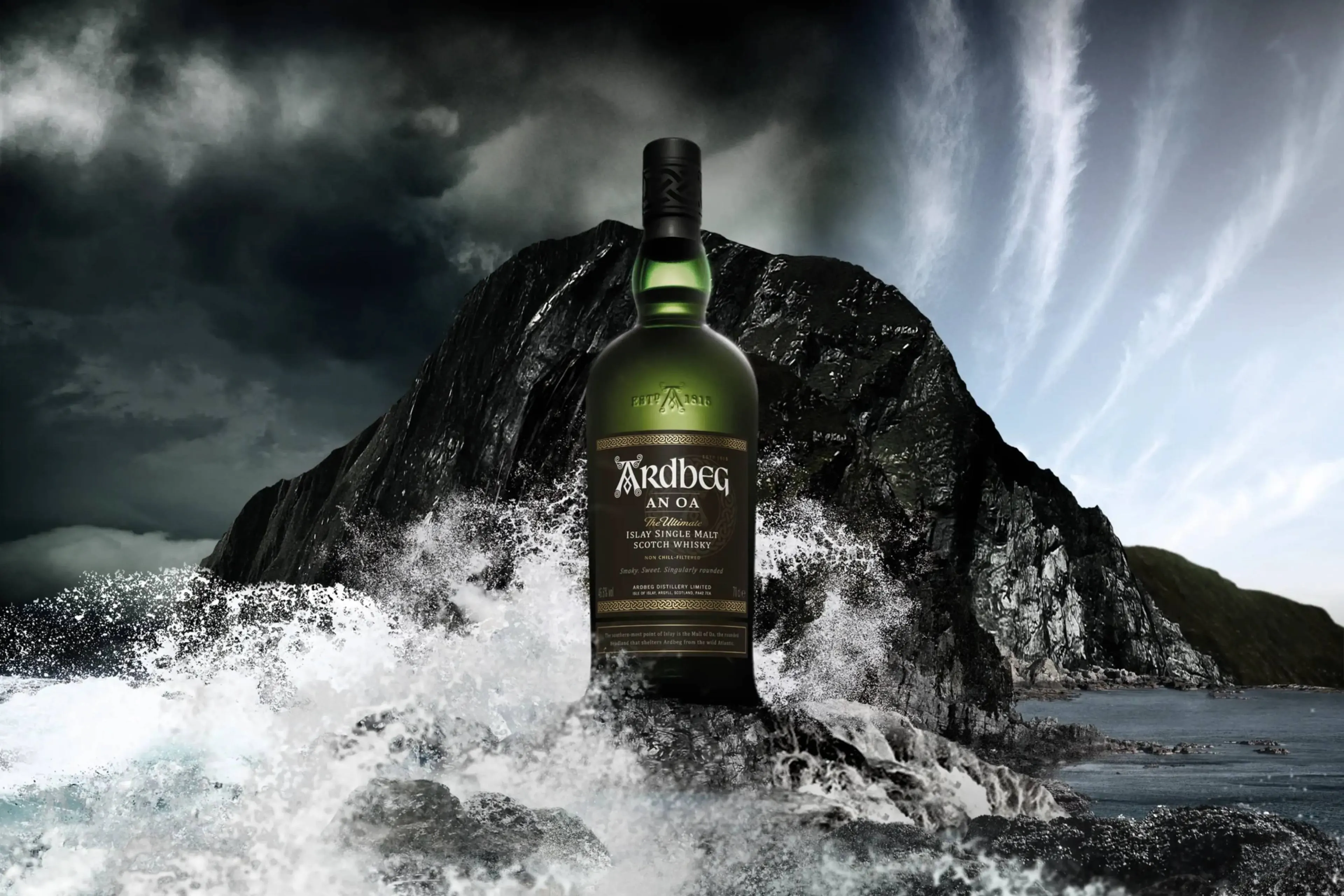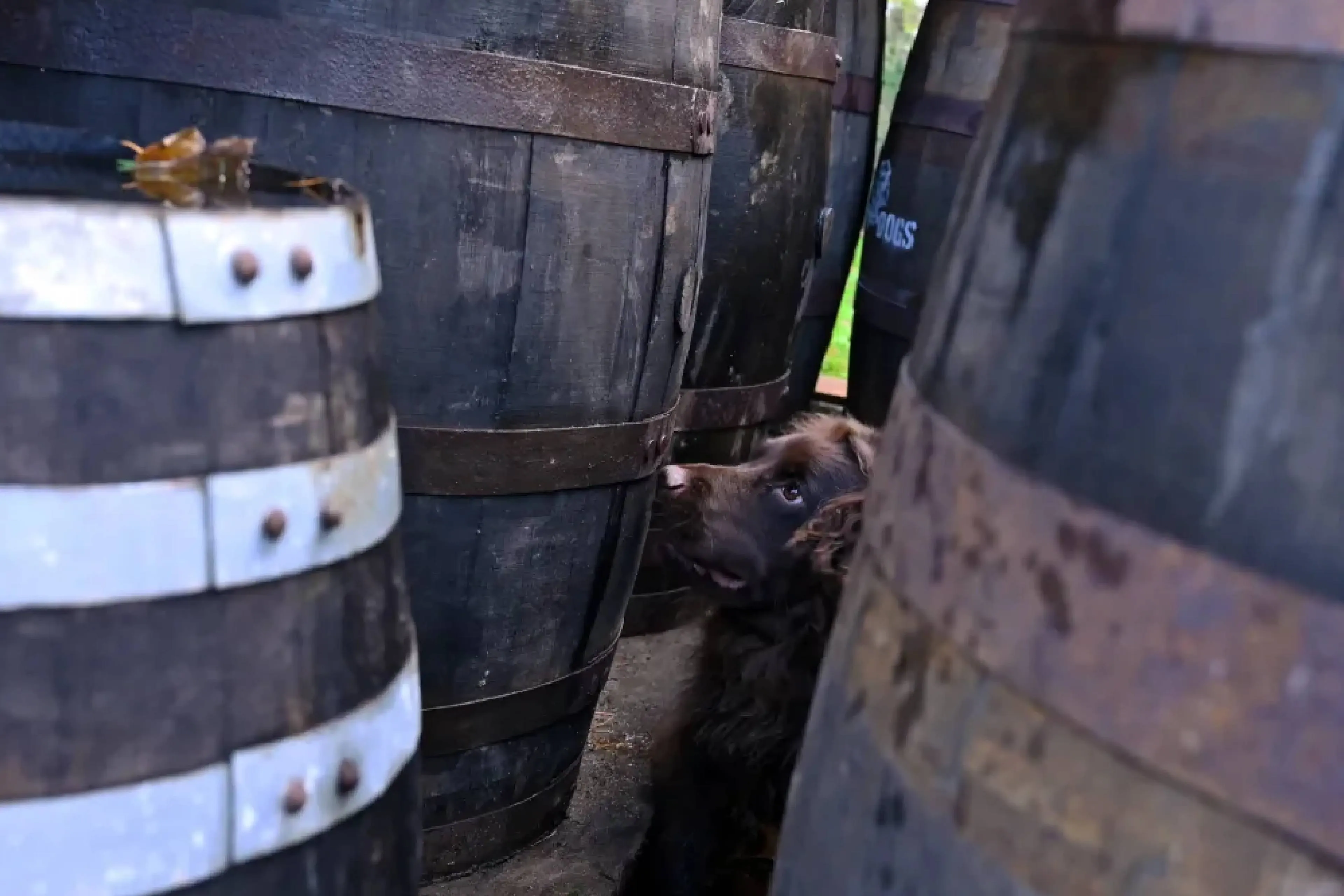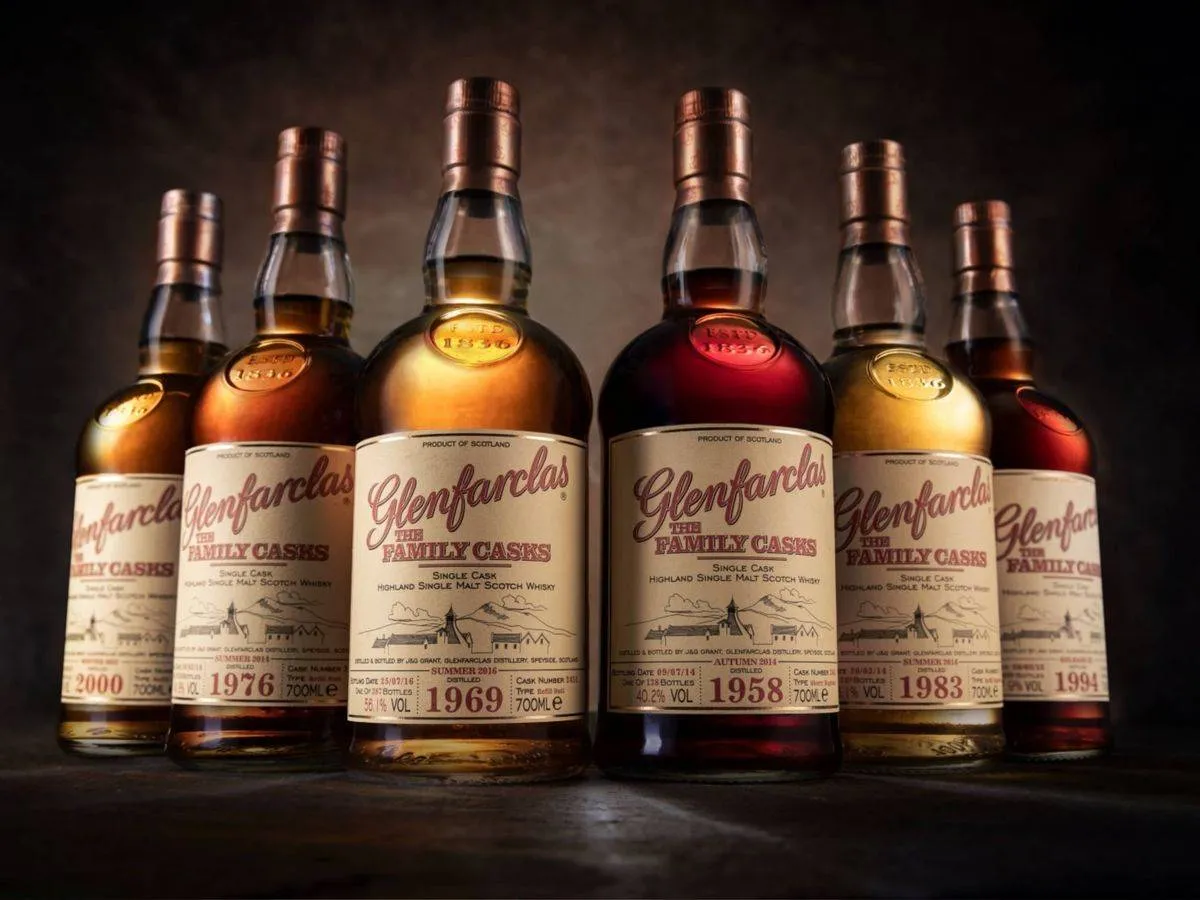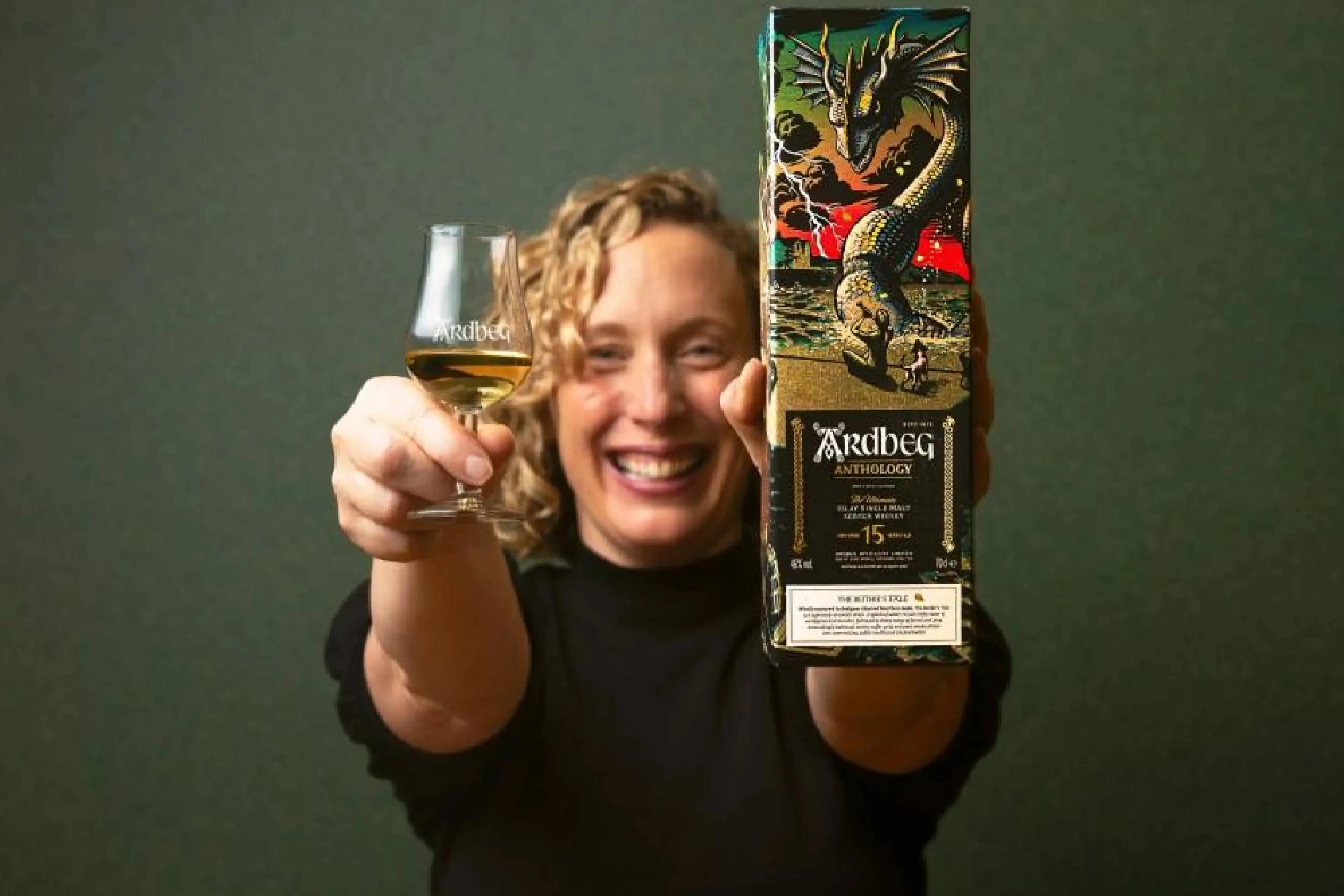Did You Know Whisky Can't Just Be Called Whisky? (Part 1 of 2)
SectionsTuesday, 12 August 2025 at 20:30Scotch Whisky Association
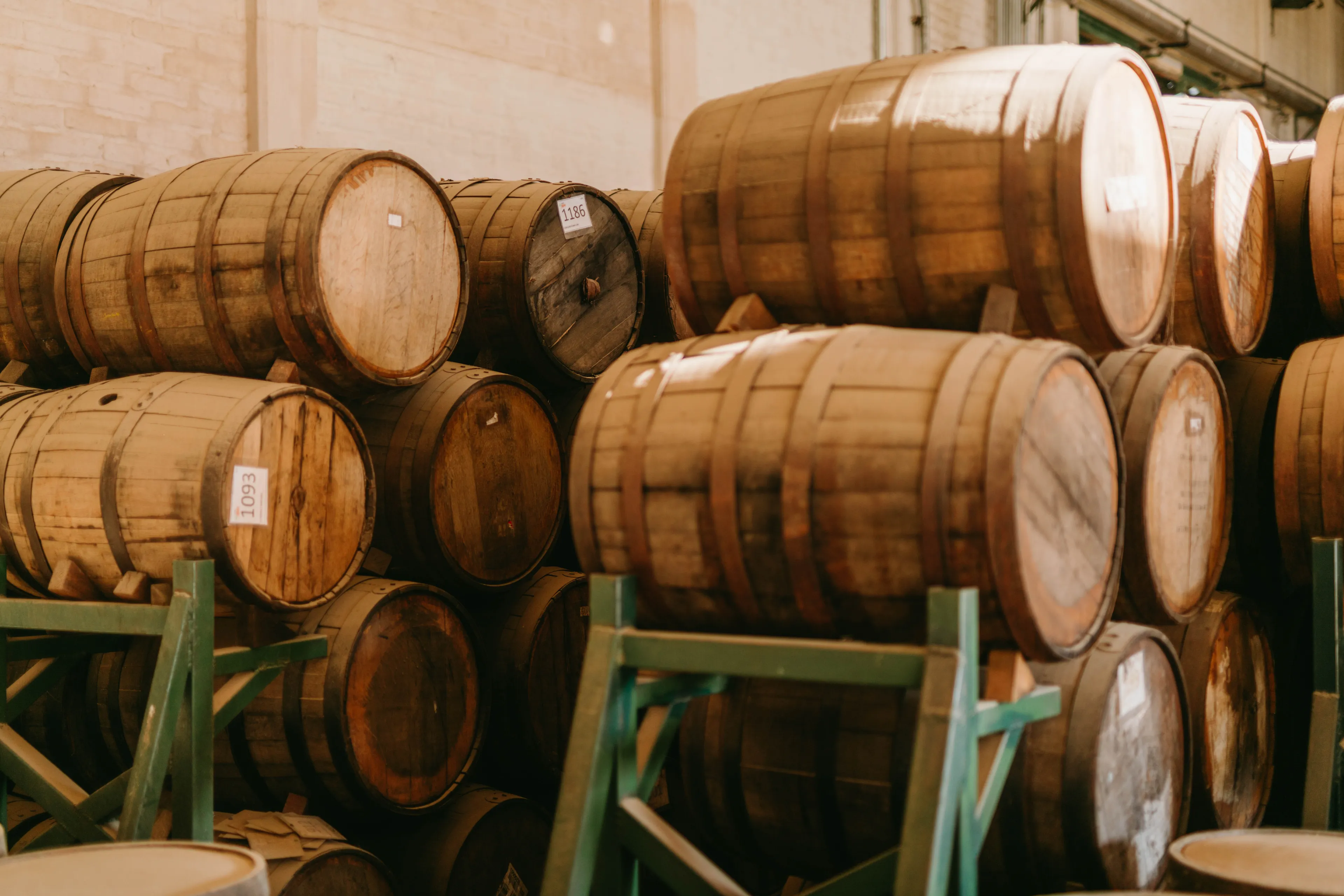
It's Tuesday - time for another edition of our regular feature, Did You Know? This time, we're delving into the world of whisky regulations. Did you know that whisky must meet a slew of conditions before it can rightfully bear the name whisky?
Making whisky isn't a small feat. To be able to call your spirit whisky (or whiskey), each country and type requires specific conditions to be met, many of which are cemented by law. Below, you'll find the legal requirements for each region.
Scottish Whisky (Scotch Whisky Regulations 2009)
A spirit can only be labelled as Scottish whisky or Scotch if:
- It's distilled at a distillery in Scotland using water and malted barley (with only whole grains of other cereals permitted as additions) processed into a mash within the distillery itself.
- It’s been converted into a fermentable substrate using only the enzymes naturally present in the grains, then fermented with the addition of yeast.
- The final distillate contains a maximum of 94.8% alcohol, produced in a manner that retains the flavour and aroma of the original product.
- It's aged in oak barrels, holding a maximum of 700 liters.
- It's matured for at least three years in a bonded warehouse or other permitted location under the observance of customs/excise authorities.
- It maintains flavour, aroma, and color derived from its ingredients, production method, and maturation.
- Nothing other than water or caramel coloring (E150a) is added.
- Lastly, it must have an alcohol content minimum of 40%.
Scottish Single Malt
Next, let's look at Scottish single malt whisky. It's considered a single malt if it meets the above conditions and is distilled in one or more batches at a single distillery by:
- Using water and malted barley with no other grains added.
- Made in pot stills.
Read also
Single Grain
And what about single grain whisky? Scottish single grain whisky can be referred to as such if it's distilled in a single distillery and is neither a single malt nor blended malt. It doesn't need to be made from a single grain but must come from one distillery.
European and Irish Regulations
European and Irish regulations for whisky production have slight variations. Naturally, European whisky must be distilled in Europe and Irish whiskey in Ireland. Otherwise, they adhere to the same alcohol content, production methods, and minimum ageing criteria of three years.
This three-year rule was only implemented in 1916. The Immature Spirits Act was amended then, stipulating a three-year maturation period for a spirit to be called whisky. Prior to 1916, the minimal maturation period was two years.
In Ireland, they also have something known as Pot Still Whiskey. Its production process is almost identical to that of Scottish single malt, but Irish law specifies a minimum of 30% unmalted barley, 30% malted barley, and a maximum of 5% of other grains.
Rest of the World
And what about whisky made elsewhere? There are, of course, many excellent whiskies made across the globe. Producers, such as those in the United States, India, and Japan, also excel in whisky production. We will explore more on this in a future ‘Did You Know?’
Read also
loading
POPULAR NEWS

Update - Jim Beam Makes a 'Strategic Move' and Closes Largest Facility
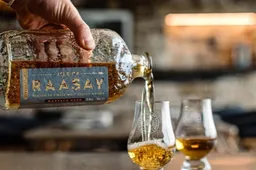
These are the Best Whiskies of 2026, According to the World Whiskies Awards
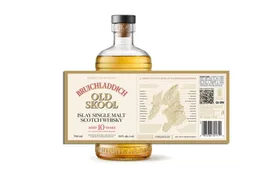
Bruichladdich Gives a Nod to Islay’s Farmers with a Special Old Skool Whisky

Kanosuke Unveils a Strikingly Fresh Japanese Whisky
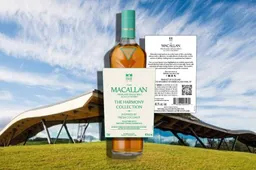
The New Macallan Harmony Collection Whisky has a Coconut Twist
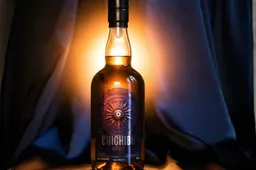
What Does Chichibu Whisky Have to Do with an Escape Room?
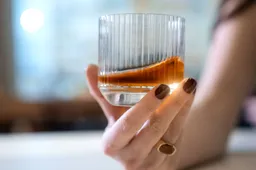
Distillery Outraged by Food Safety Authority Warning: 'Do Not Drink This'
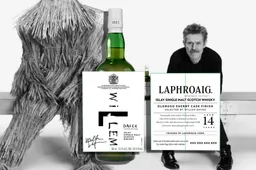
Will This Be The First Willem Dafoe Laphroaig Whisky?
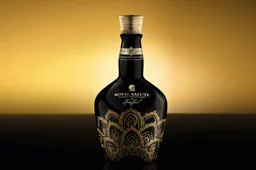
Royal Salute Unveils a New Lifestyle Whisky with a Rare Blend
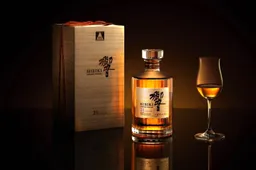
Whisky Takes a Beating at Auction
LATEST COMMENTS
- There is no distillery equipment there and also no licences to produce or sell alcohol.TRC19-12-2025
- Hi Yvonne, Thank you for your response and for sharing the video. Unfortunately, the evidence you referred to consists only of two people talking about the whisky, without any explanation or identification. We have not spoken to the individuals in the video ourselves, nor can we verify who they are. We describe it as a Chinese whisky because it is released by a Chinese distillery. As you mentioned, the distillery has chosen to label the product as “pure malt” instead of “Chinese whisky.” Based on that, we do not believe they are doing anything illegal.M0nkey16-11-2025
- So - you have the proof......where's your write up?Yvonne16-11-2025
- You are absolutely right. Luckily that doesn't matter for the taste of the whisky. Have you tried it yet?M0nkey05-11-2025
- Guess what? Finland is not part of Scandinavia.Gray105-11-2025
- Throw in the towel? You mean restructure to compete and win in a challenging industry environment.WestwardFounder21-10-2025
- There is nothing legally to prevent the English whisky GI from coming into force, it complies with all the relevant laws and the single malt definition follows the precedent of Welsh whisky and US whiskyChefBear15-10-2025
- Three emails sent (two with videos, linked to a Google Drive Share). 1. The original video. 2. The video with subtitles as it was shared on YouTube 3. Screen grab of the YouTube channel where the video was blocked due to Pernod Ricard lobbying. The story was covered on Drinks Intel at the time - link here - https://drinks-intel.com/subscriber-news/pernod-ricards-the-chuan-pure-malt-whisky-not-sourced-solely-from-china-global-drinks-intel-exclusive/Yvonne10-10-2025
- Hi Yvonne, Thank you for your interesting comment. Could you share your copy with us, so we can adjust our item accordingly? Mail us at [email protected]. Thank you in advance.M0nkey09-10-2025
- Let's keep this factually correct. Pernod Ricard DID NOT release a Chinese whisky. Their first output from The Chuan (the name of the distillery in Sichuan, China) wasn't fit for bottling. What they actually bottled was imported Scotch whisky. This is why the product is called "PURE MALT" and not "Chinese Whisky" - because Pure Malt is not a regulated term - this is not a secret. This was exposed about a week after they released it. There were even videos about their own staff on site admitting it was made from imported whisky - which Pernod Ricard got the lawyers onto to get the video pulled. I've got a copy if you want it.Yvonne09-10-2025
Loading
